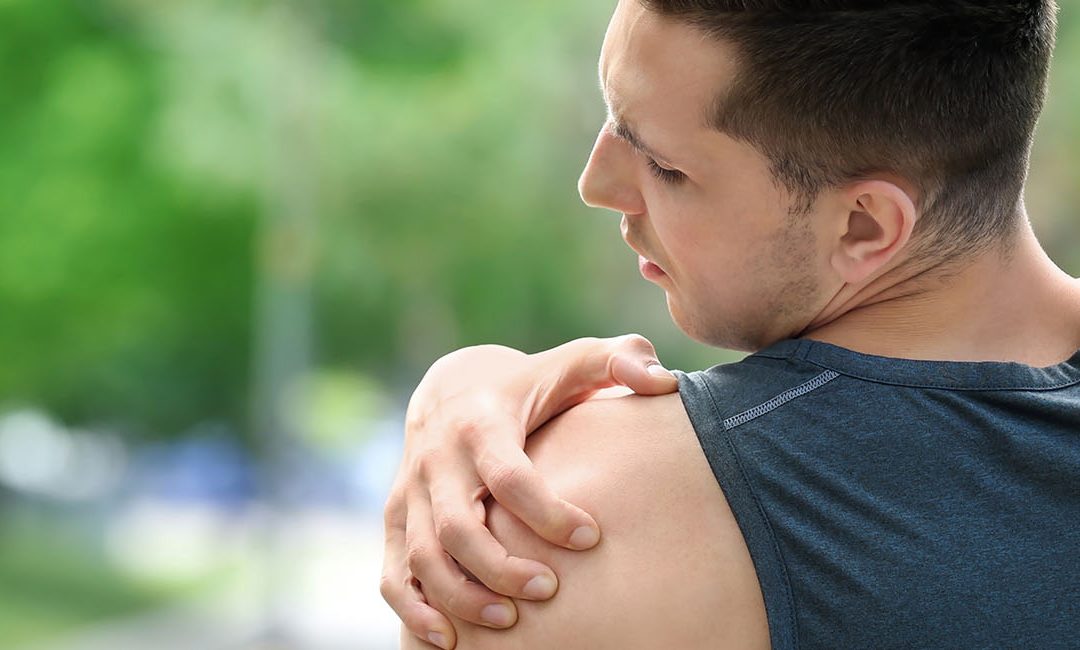A Separated Shoulder, also known as an Acromioclavicular Joint Separation or A/C Separation, is in injury causing damage to the ligaments joining the shoulder blade and collarbone. It is usually a tissue or ligament injury but, in some cases, may also involve a broken bone. It may occur due to a fall or direct hit at the top of the shoulder joint. Depending upon its severity, Shoulder Separation can be classified as:
Type 1: A mild sprain or stretching in the ligaments in and around the joint.
Type 2: The ligament is completely torn and the collarbone gets partially displaced.
Type 3 to 6: Severe sprain with tearing of the muscles across the shoulder and neck. The Separated Shoulder may appear to be lower than the other one. CausesDirect blow to the top of the shoulder Fall onto the joint Accidental collisions in contact sports, such as rugby or hockey Motor vehicle accidents
Symptoms
- Pain at the top of the shoulder joint
- Swelling and numbness
- Visible bruises and discoloration at the site of injury
- Tenderness between the collarbone and shoulder
- Upward pointing lump at the top of the joint
- Weakness in the affected shoulder or arm
- Restricted range of motion
Diagnosis
- To diagnose a Separated Shoulder, the orthopedic doctor may conduct a physical examination to look for a deformity in the joint.
- He may also recommend an X-ray, with the patient holding weights to put slight stress on the A/C joint and confirm the extent of the condition.
- The doctor devises a treatment plan after diagnosing the severity of the condition.
Treatment
- Medications: The orthopedic doctor may prescribe certain anti-inflammatory medications to relieve pain and tenderness in the shoulder.
- Rest: Taking ample rest and avoiding activities that may strain the joint can also help to ease the symptoms.
- Shoulder Brace: The patient may also be suggested to wear a shoulder brace or cast to support the affected joint and restrict its movement and promote healing.
- Ice Packs: Applying an ice pack for 15 to 20 minutes on the affected area can also help to compress swelling and eliminate pain.
- Physical Therapy: Once the pain has subsided, performing stretching and strengthening exercises may help to restore the strength and mobility of the shoulder.
- Surgery: If pain persists or the Shoulder Separation is severe, the patient might be suggested to undergo surgery. During the procedure, the shoulder surgeon joins the torn ligaments and relocates injured bones.
For complete diagnosis and treatment of Separated Shoulder, visit OrthoTexas, Plano. To schedule an appointment with the orthopedic surgeon, you can call at (972) 985 – 1072.


